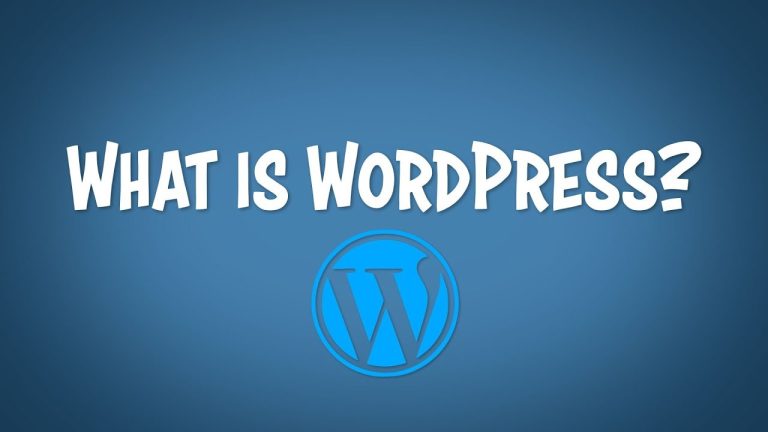UX Design Tips For Ecommerce Product Pages
In the bustling landscape of online shopping, the user experience reigns supreme. Every click, scroll, and interaction shapes the journey of potential customers. “UX Design Tips For Ecommerce Product Pages” is not just a catchy title; it’s a beacon guiding you towards creating captivating digital storefronts. From intuitive navigation to persuasive product displays, the design of your ecommerce product pages plays a pivotal role in converting visitors into loyal customers. Join us as we explore actionable tips and best practices to craft compelling product pages that captivate, convert, and delight shoppers on their digital shopping journey.
Table of Contents
Tips For Ecommerce Product Pages
Clarify Pricing & Features
On e-commerce product pages, “Clarify Pricing & Features” is essential for guaranteeing transparency and directing purchasing decisions. Pricing should be clearly and visibly displayed, with the product’s cost and any discounts or offers prominently displayed for maximum clarity. Stealth fees or charges should not be disclosed to customers as this can cause annoyance and mistrust. Give customers all the information they need by outlining the features, advantages, and specifications of the product in clear and concise terms. To highlight the product’s salient features and set it apart from the competition, use succinct but descriptive language. Information can be efficiently communicated with the use of visual aids like icons, pictures, or bulleted lists. Ecommerce companies can boost customer confidence and expedite the buying process by emphasizing pricing and feature clarity. This improves the user experience in the end.

Customer Reviews
Including customer reviews on e-commerce product pages is a great way to build credibility, trust, and eventually sales. Genuine customer reviews provide prospective buyers with important information about the product’s features, functionality, and suitability for their needs. Send follow-up emails after a sale to encourage happy customers to write reviews, or provide incentives for reviews. Make sure that on the product page, reviews are easily accessible and prominently displayed. Provide options for sorting and filtering to make it easier for customers to find pertinent reviews quickly. Addressing reviews—both favorable and unfavorable—shows that you are aware of what customers are saying and that you are dedicated to making their shopping experience better. All things considered, utilizing customer reviews skillfully can greatly impact buying decisions, cultivate brand loyalty, and create a feeling of community around your online store.
Best Web Design Agency in San Diego USA
Add Images That Sell
“Add Images That Sell” is a key tactic for optimizing e-commerce product pages’ visual impact. Captivating, high-quality images have the ability to draw in visitors and encourage conversions. To effectively present the features, advantages, and use cases of the product, give top priority to clarity, resolution, and relevance when choosing images. Include a variety of photos taken from various perspectives to highlight the different features and attributes of the product. In addition, take into account images that depict a lifestyle or context-based use case for the product. Make use of product mockups or professional photography to keep your visual presentation polished and consistent. Additionally, make sure that image sizes and formats are optimized for quick loading times. This will stop potential customers from leaving the page because it loads slowly. Businesses in the e-commerce industry can effectively communicate value by investing in visually appealing imagery.
Skimmable Product Descriptions
Product descriptions that are “skimmable” are crucial for drawing in time-pressed internet shoppers who frequently scan rather than read. Rewrite product details using bullet points or brief paragraphs to make them succinct and easy to read. Emphasize the salient characteristics, advantages, and attributes with prominence, utilizing lucid language free of superfluous technical terms. Use headers and subheadings that provide context to arrange content in a hierarchical manner that makes it easier to peruse quickly. By using this strategy, e-commerce websites may accommodate consumers’ browsing preferences and effectively deliver the information they need. By saving time and effort, skimmable descriptions enhance user experience and eventually raise conversion rates. The ability to display product information in a clear, succinct, and easily readable format can have a big impact on customer engagement and purchase decisions in a cutthroat online economy.

One Clear “Add To Cart” CTA
Putting in place a single, noticeable “Add to Cart” call-to-action (CTA) button guarantees clarity and motivates consumers to take action. You may expedite the purchasing process and lessen friction for potential customers by adding this CTA button in a prominent spot on the product page, such as next to the price or image. A page with too many CTAs can confuse consumers and distract them from the main action you want them to perform, so try to avoid doing that. Additionally, use contrasting colors or aggressive styling to draw attention to the “Add to Cart” button and make sure it sticks out visually. You can direct people toward the desired action of making a purchase by giving priority to a clear and appealing “Add to Cart” call to action. This will increase conversion rates and generate income for your online store.
Conclusion
To sum up, optimizing e-commerce product pages is a complex process that is essential for improving user experience and increasing sales. Businesses may develop captivating digital storefronts that appeal to customers by putting the tactics that have been discussed into practice, such as making pricing and features more clear, using customer feedback, adding eye-catching photos, and writing product descriptions that are easy to scan. Recall that the ultimate objectives are to expedite the shopping experience, inspire confidence, and motivate customers to make a purchase. To stay ahead in the cutthroat world of e-commerce, keep these “Tips For Ecommerce Product Pages” in mind as you constantly assess and modify your strategy in response to user feedback and performance indicators. You may successfully satisfy the changing demands and expectations of online shoppers with your e-commerce site by putting a priority on user-centric design and continuous optimization.
Read More How to Create Custom Single Post Templates in WordPress?
FAQ’S
How can I optimize product images?
Use high-resolution images from various angles to showcase product features effectively.
Why are customer reviews important?
Customer reviews build trust and provide valuable insights into product quality and user satisfaction.
How do I create skimmable product descriptions?
Use bullet points, concise language, and clear headings to present key product details efficiently.







